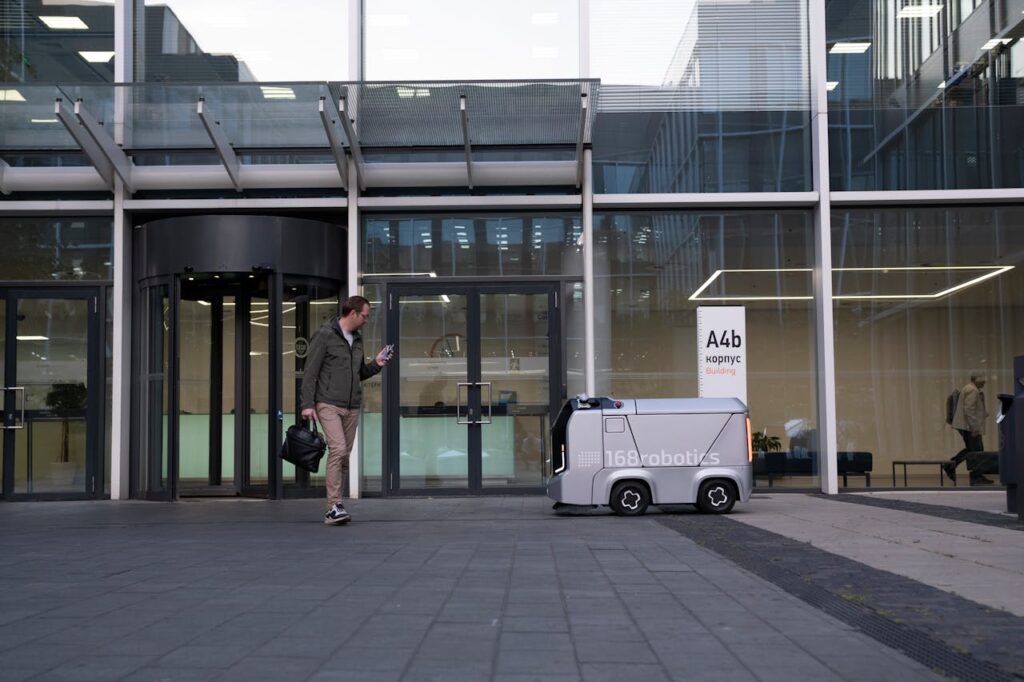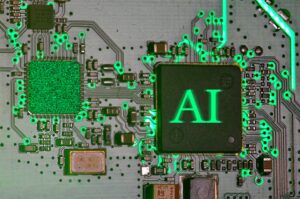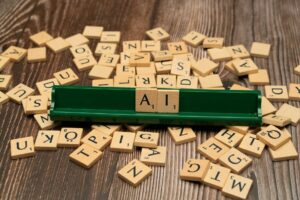The Internet of Things and artificial intelligence working together to create smart cities

The Internet of Things and artificial intelligence working together to create smart cities
A level of strain that has never been seen before has been put on the environment, resources, and infrastructure as a result of the fast rise of metropolitan populations. By the year 2025, cities all over the globe will be increasingly relying on artificial intelligence (AI) and the Internet of Things (IoT) to construct urban landscapes that are sustainable, efficient, and livable. Cities are able to become more adaptive, energy-efficient, and resilient as a result of this strong combination, which allows them to gather, analyze, and act on huge volumes of real-time data.
Comprehending the Relationship Between AI and the Internet of Things
The “intelligence” required to analyze the vast quantities of data created by Internet of Things devices is provided by artificial intelligence. The Internet of Things, on the other hand, serves as the sensory network, with sensors, cameras, and smart meters providing information to AI-powered systems about traffic patterns, energy use, air quality, and other related topics. An urban ecology that is responsive, capable of learning, forecasting, and optimizing operations is created when these elements are brought together.
Intelligent Management of Energy
The optimization of power in real time
AI-driven energy grids evaluate consumption patterns and strike a balance between the supply of energy generated by conventional sources and the supply of energy generated by renewable sources such as solar and wind. This helps to stabilize the grid during times of high demand while also reducing waste.
Metrics and appliances that are smart
Home and commercial energy use may be monitored via Internet of Things (IoT)-enabled smart meters, which provide residents and companies with immediate feedback to bring down their consumption. AI also has the ability to automate appliances so that they operate during off-peak hours, which can save both costs and pollution.
Renewable Integration Artificial intelligence algorithms anticipate the production of renewable energy depending on the weather conditions. This ensures that the greatest amount of clean electricity in the system is used while preserving grid stability.
Viable Transportation in Urban Areas
Artificial Intelligence-Driven Traffic Flow
Connected traffic signals and traffic control systems that are driven by artificial intelligence make adjustments in real time to minimize congestion and lower emissions from vehicles.
Integrated Public Transportation System
While artificial intelligence forecasts demand to improve routes and timetables, Internet of Things sensors monitor the whereabouts of buses, trains, and trams. The passengers are provided with precise arrival timings as well as ideas for alternate routes.
Smart Parking Internet of Things-enabled parking sensors direct cars to available parking places, therefore minimizing the amount of fuel used and the annoyance caused by traveling for no reason.
Efficiency in the Management of Waste
Intelligent Bins and Collection Routes Internet of Things (IoT)-enabled rubbish bins provide alerts to collection services when they are full. It then optimizes collecting routes, which results in a reduction in both fuel usage and operational expenses.
Process Automation for Recycling and Sorting
Sorting systems at recycling facilities that are driven by artificial intelligence automatically recognize and separate items, which results in increased recycling rates and less trash sent to landfills.
Leak Detection Systems for Water Conservation and Management Applications
Real-time detection of leaks and unexpected usage patterns using Internet of Things water meters helps to reduce the amount of water that is lost.
The Distribution of Water Utilizing AI
During times of drought, artificial intelligence ensures a consistent supply of water by optimizing water pressure and distribution schedules to reduce waste and maximize efficiency.
Monitoring of the environment and recording of the air quality for public health purposes
Internet of Things (IoT) air quality sensors provide pollution data to artificial intelligence (AI) systems, which then forecast smog outbreaks and suggest mitigating actions.
Monitoring of Noise and Heat Islands Cities make use of Internet of Things sensors in order to map urban heat zones and noise pollution. Then, in order to make cities more livable, AI recommends zoning modifications or urban conservation efforts.
Buildings & Infrastructure that are Energy-Efficient Internet of Things (IoT) devices monitor the usage of heating, cooling, and lighting in real time, while artificial intelligence (AI) changes settings automatically to achieve optimum comfort while using the least amount of energy possible.
Maintenance that is Predictive
Embedded Internet of Things sensors in infrastructure identify early signs of wear and tear. AI is able to anticipate when repairs are required, hence reducing expensive failures.
Decision-Making Based on Data
Sites for the Participation of Citizens
The Internet of Things enables people to report problems such as broken lighting and potholes via the use of applications. These reports are prioritized by AI, and they are sent to municipal agencies so that they may be resolved quickly.
Distribution of Resources
Artificial intelligence is used by governments to evaluate data from Internet of Things networks in order to make educated choices on policy and budgets that enhance services and sustainability.
- Challenges in the Construction of AI–IoT Smart Cities Data Privacy and Security – It is of the utmost importance to safeguard the information of inhabitants from any potential cyber attacks.
- It is a significant challenge to ensure that various Internet of Things devices and artificial intelligence systems are able to connect with one another.
- The installation and maintenance of Internet of Things infrastructure demands a large investment, which results in high implementation costs.
- With the digital divide, ensuring that everyone has equal access to the advantages of smart cities continues to be a societal problem.
The Path That Lies Ahead
Digital twins, which are virtual reproductions of urban systems driven by artificial intelligence, will be included into smart cities of the future in order to replicate and evaluate sustainability programs prior to their implementation. Artificial intelligence will also be able to analyze data closer to its source as a result of advancements in edge computing, which will enable quicker decision-making with reduced latency.
The concept of smart cities is no longer a pipe dream of the future; rather, it is rapidly becoming an essential component of sustainable urban life. Cities have the potential to decrease resource waste, enhance quality of life, and prepare for the environmental issues of the future if they combine the decision-making powers of artificial intelligence with the data-gathering capacity of the internet of things.




